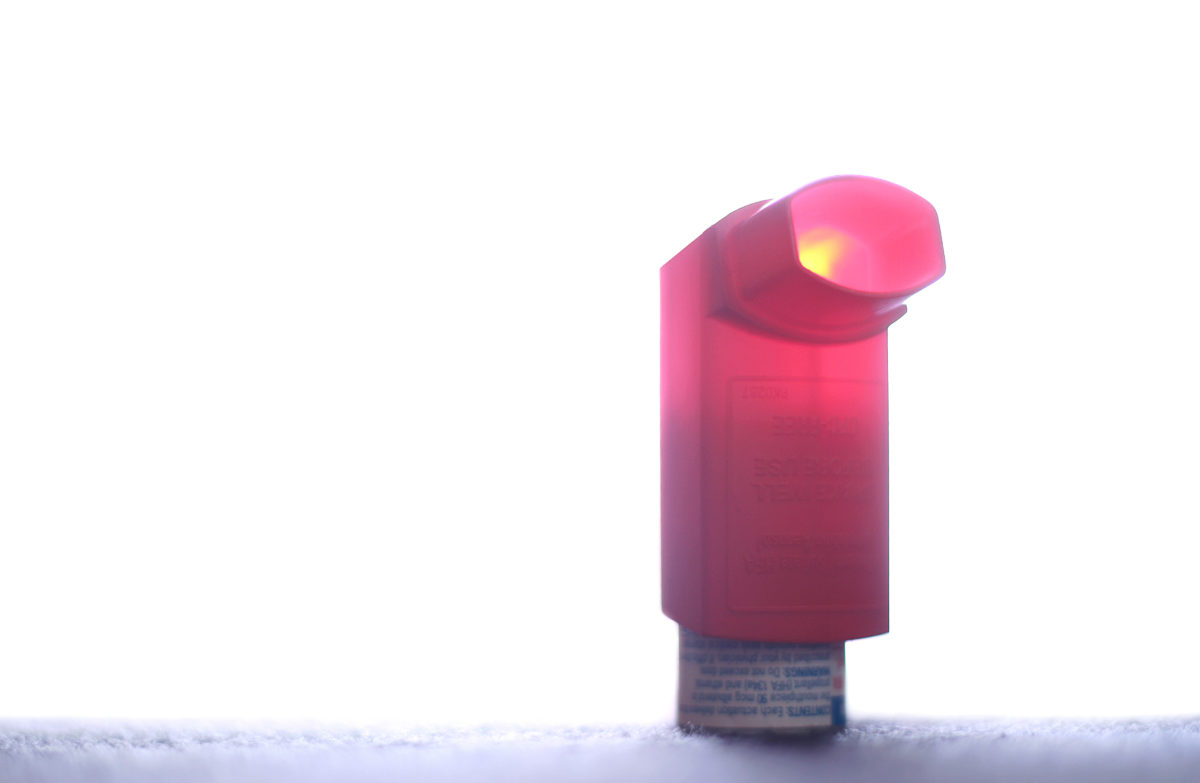
A Look At The Different Types of Asthma Inhalers
Inhalers for asthma are puffers than contain medicine used for treatment by delivery of medication to the lungs and through the body. The medicine in the inhaler is in small doses because it goes directly into the airways when breathed in while some go to the body. There are different types of inhalers; reliever inhalers, preventer inhalers, long-acting reliever inhalers, combination inhalers, spacers inhalers, non-steroidal inhalers. The differences in the inhalers are brought about by the generic medicine of which different companies use and produce different brands of inhalers. (The 2011-2016 World Outlook for Metered Dose Inhalers, January 26, 2011)
Reliever Inhaler
These contain bronchi-dilator medicine. It is mostly used to ease symptoms such as when someone is breathless, wheezy or has a tight chest. The dose used in the inhaler relieves the muscles in the airway thus quickly eases the symptoms. There are two key reliever medicines; salbutamol and terbutaline. The two differ when it comes to brands. Salbutamol consists of Airomir®, Asmasal®, Salamal®, Salbulin®, Pulvinal Salbutamol® and Ventolin Inhaler® and is mostly blue, but not always. It is, therefore, important to read the label. Since reliever inhalers act quickly, they are good for emergencies especially when a patient is having an asthma attack. Relievers are prescribed for both adults and children. The negativity about reliever inhalers is that they cannot be of assistance when it comes to the long-term build-up of inflammation of one sairways. (Nyfort-Hansen, 2004)
Preventer Inhaler
This inhaler usually contain steroid medicine. Preventer inhalers are used on a daily basis to prevent symptoms from progressing. The steroid medicine sets upon reducing the inflammation in the airways. If inflammation appears, the airways will grow narrow and cause symptoms such as wheezing. In most cases, preventer inhalers are used twice in a day and if the damage in the airways is serious then one might be advised to take it more often. The steroid in it builds up its effect in a range of 7-14 days. The maximum effect can even take up to 6 weeks. The main inhaled steroids in preventer inhalers are; Beclometasone, Budesonide, Ciclesonide, Flucticasone and Mometasone.
Long-acting Reliever Inhaler
The drug used in this type of inhaler acts in the same way as in reliever inhalers the only difference is, long-acting bronchi-dilators work up to 12 hours after taking each dose. The drugs involved include salmoterol and formoterol which are brands of the long-acting reliever. It is used for controlling the symptoms. At times, this type of inhaler is used as an add-on treatment. There are types of long-acting that is long-acting antagonists and long-acting muscarinic receptor antagonists. For someone to use this inhaler, he/she must have also been prescribed for a steroid preventer inhaler to use daily. (Tol S. Purewal, December 31, 1997).
Combination Inhaler
This is a type of inhaler that consists of two types of medicines; long-acting reliever to relieve ongoing symptoms and a corticosteroid preventer to assist prevent inflammation in the airways. This combination inhaler needs to be taken on a daily basis and it is also required to have a reliever inhaler (blue) in case asthma symptoms such as wheezing and tightness of the chest occurs. In most scenarios, this type of inhaler is prescribed because the asthma symptoms are not well managed with the other medicine.
Spacers
These are gadgets that exist for asthma patients to get the best from their medicine in case of a metred dose inhaler. It is designed in different brands which are available on prescription. A spacer has several advantages from getting the right amount of medicine to being an efficient way of getting the dose into the lungs. Its disadvantage is that it is hard to use if not trained on how to manage it while using it.
Non-Steroidal Inhaler
This is a preventer inhaler that minimises and stops inflammation in the airways from happening over a long term. As suggested by the name, it contains no steroids. There are two types of non-steroidal inhalers that is, intal and tilade. Using this type of inhaler makes the protective effect build up. Its usage is not during the asthma attack because it will not be of any help thus one might need a reliever with him/her for an attack. Intal (sodium cromoglicate) is a metred dose inhaler which works best if the asthma is stimulated by allergy or exercise. Tilade (nedocromil sodium) is also a metered dose inhaler which is mostly flavoured (mint). Non-steroidal inhalers are thus preventive.
Dr Malloy, a GP at DrFelix commented “It is important to have a written action plan for your asthma, and to review this regularly with your doctor, this can help to know when to increase or decrease your inhaler use so you can lead a more fulfilling life”.
